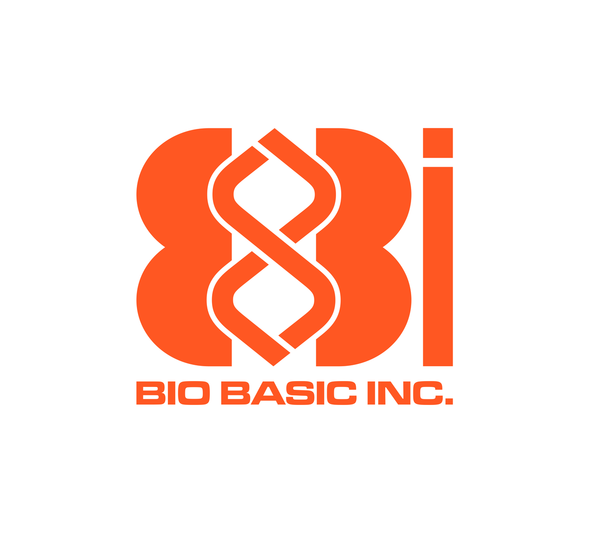Description
Nucleic acid extraction (NAE) plays a vital role in molecular biology as the main step for many downstream applications. Many modifications have been made to the original 1869 method. Modern processes are classified into chemical or mechanical, each with peculiarities that influence their use, especially in point of care diagnosis (POC-Dx). POC-Dx is a new approach that aims to replace sophisticated analytical machinery with microanalytical systems, capable of being used close to the patient, at the point of care or at the point of need. Although notable efforts have been made, a simple and efficient extraction method remains a major challenge for the widespread use of POC-Dx. In this review, we analyze the principle of operation of each of the most common NAE methods, reviewing their advantages and disadvantages, as well as their potential for integration into POC-Dx systems. At present, it seems difficult, if not impossible, to establish a procedure that can be universally applied to POC-Dx. We also discuss the effects of NAE chemicals on the main plastic polymers used to mass produce POC-Dx systems. We end our review by discussing the limitations and challenges that should guide the search for an efficient extraction method that can be integrated into a POC-Dx system.
Nucleic Acid Extraction Basics
The extraction of total DNA, RNA, or nucleic acids from samples such as blood, cultured cells, microbes, or plant and animal tissues is critical to the success of many experiments. The purity and performance of the extracted nucleic acids is key to performance in downstream applications such as PCR and sequencing.
During purification, all samples progress through a common set of manipulations: cell lysis, clearance, nuclease inactivation, nucleic acid binding, washing, and elution.
Optimizing extraction methodologies is key to success, especially with challenging sample types and demanding downstream applications. The target nucleic acid must be purified free of contaminants, including unwanted proteins, other cellular components, and nucleic acids.
Most DNA extraction methods purify DNA from other cellular materials by binding the DNA to a solid support such as silica or cellulose, purifying the extracted DNA from contaminants by washing, and then eluting the purified DNA in water or buffer.






